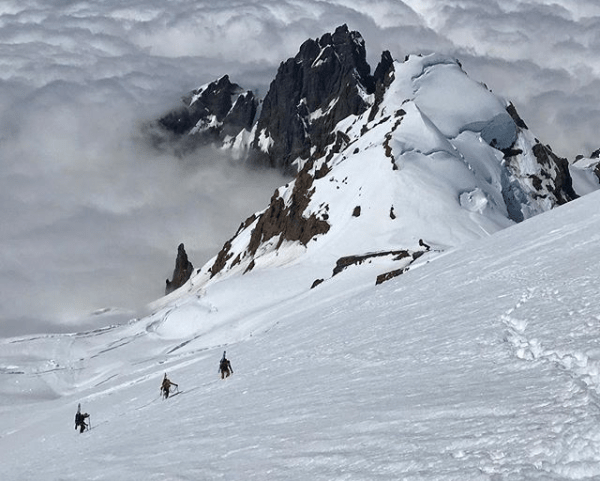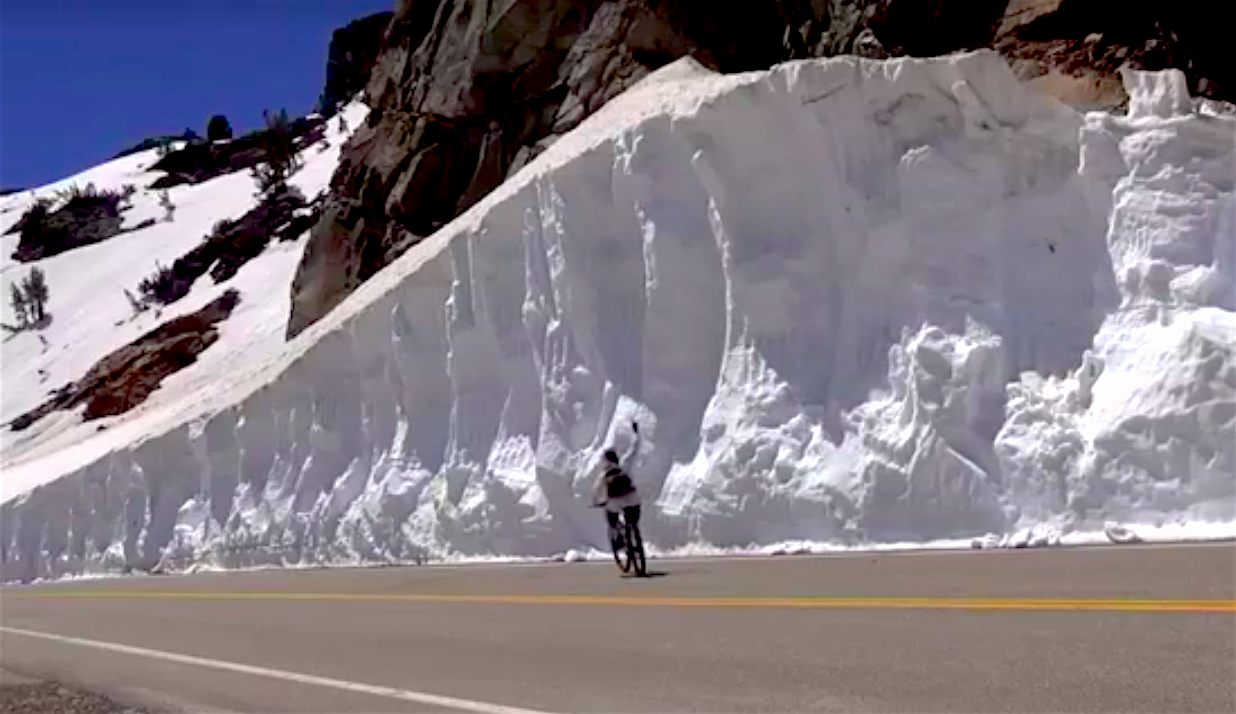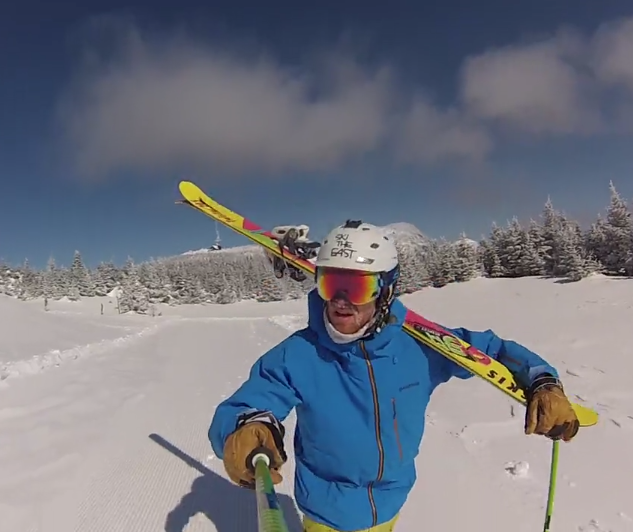
Scientists from Oregon State University, University of Washington and University of Alaska are working together to gather more snowpack data than ever before by utilizing people like you and I.
The team of universities created a project called Community Snow Observations or CSO in December 2017. CSO allows backcountry skiers and other outdoorsmen to take their own snowpack measurements via avalanche probe and then upload their findings to a database using the Mountain Hub app on their smartphone. This ingenious way of collecting data is creating safer mountain communities around the country.
In the past, it was tedious and expensive for scientists to travel to all of the different snowy locations around the United States frequently enough to maintain a useful and accurate set of data. Crowd-sourcing the data from people who frequent the areas being studied creates a larger, more accurate accumulation of measurements than was ever thought possible. By recruiting citizen scientists, CSO is able to collect snowpack depths more frequently and systematically than ever before.

Community Snow Observations is funded by the NASA’s Earth Science Program. NASA and the universities involved with CSO provide the data collected for free here, allowing anyone with internet access to utilize the project. Being able to have more accurate depictions of the variations of snow depths in mountains allows scientists to confirm snow measurements taken via and reduce errors in their water runoff models. Reducing errors in water runoff models creates a safer backcountry experience as it allows for more accurate avalanche predictions.

If you find yourself around snow and are interested in becoming a citizen scientist, you can purchase an avalanche probe here and download the Mountain Hub app here. Your contributions to the Community Snow Observations project may seem small, but adding to the database even once helps create safer mountains for everyone!





